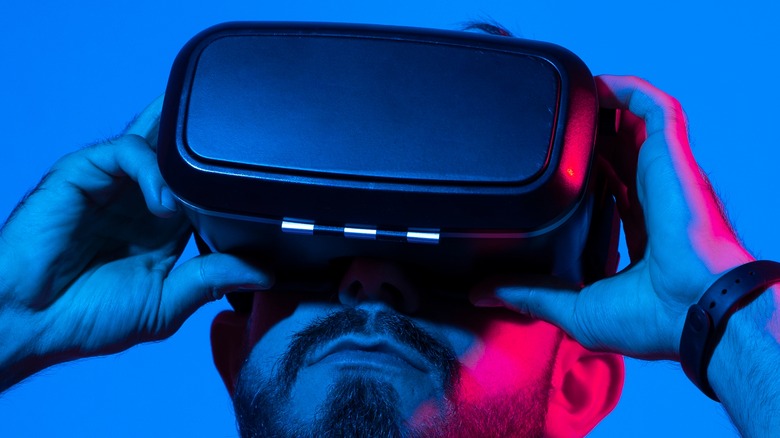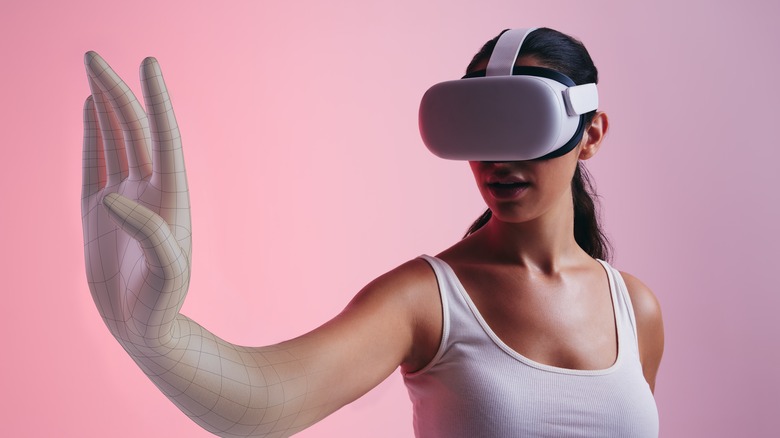Apple's Mixed-Reality Headset Launch Reportedly Pushed Back To Later In 2023
The saga of Apple's keenly awaited mixed reality headset has been beset with delays. According to Bloomberg, Apple has once again pushed the reveal timeline of its AR/VR headset by a couple of months, aligning the introduction with its annual developers conference WWDC. Apple has been working on the headset for over half a decade, and during the development phase, the company also reportedly pushed the debut of its AR glasses even further.
At one point, the headset was heavily rumored to launch at the Worldwide Developers Conference in 2022, but those plans never materialized. Just a few weeks ago, it was again reported that Apple is targeting a spring season unveiling for its mixed reality headset, which could very well hit the shelves carrying the Reality or Reality One branding later in the fall release window. The product will supposedly rival Meta's own high-end Quest Pro headset, but Apple will reportedly charge an even higher price for its offering.
Apple needs more time to polish its headset
Now, it appears that Apple has nixed the spring launch plans and will reportedly reveal its mixed-reality headset in June this year at WWDC. Bloomberg's Mark Gurman cites unnamed internal sources in claiming "product testing showed that both hardware and software issues still needed to be ironed out." Rumored to cost as much as $3,000, the headset is deemed Apple's most ambitious product in recent years and it will, by all accounts, pack some serious punch in terms of hardware and software capabilities.
Said to draw power from a desktop-class M2-series processor, the headset will reportedly feature over a dozen cameras and one of the most advanced motion-tracking capabilities of any headset out there. It will reportedly even allow users to attend video calls by turning their faces into its Memoji avatars in real time. The operating system powering will be a 3D-inspired version of iOS, according to past leaks, and is said to offer access to all the core apps such as Message, Mail, and Safari, among others. Apple might even let users create their own AR apps for the headset.

